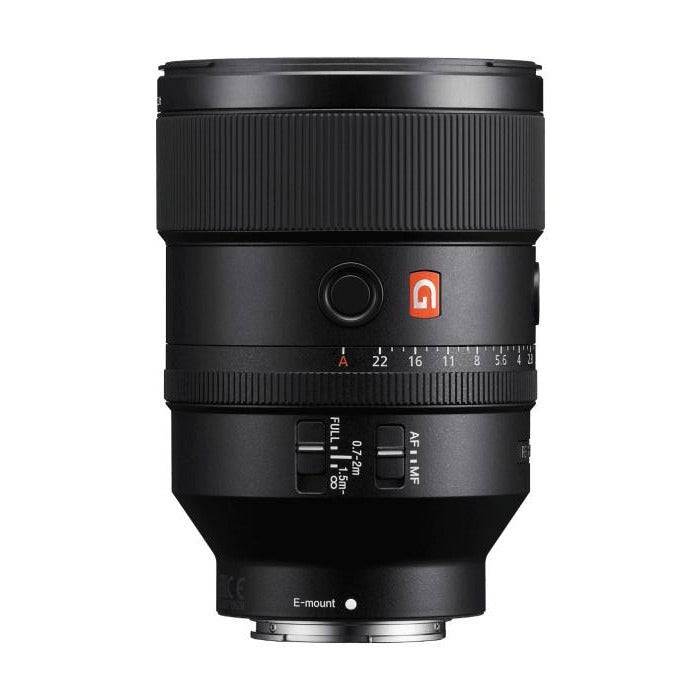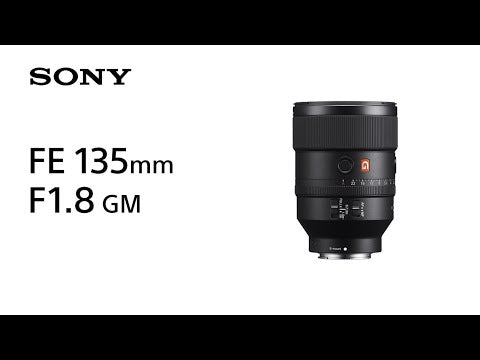Product Description
Sony FE 135mm f1.8 G Master Lens
- E-Mount Lens/Full-Frame Format
- Aperture Range: f/1.8 to f/22
- XA Element, Super ED and ED Elements
- Nano AR and Fluorine Coatings
- XD Linear Motor AF System
- AF/MF Switch, Internal Focus
- Two Focus Hold Buttons
- Physical Aperture Ring, De-Click Switch
- Dust and Moisture-Resistant Construction
- Rounded 11-Blade Diaphragm
Fast Design and Advanced Optics
As part of Sony's esteemed G Master series, this lens is designed to achieve notably high resolution and sharpness through the correction of a wide variety of spherical and chromatic aberrations.
Bright f/1.8 maximum aperture benefits working in difficult lighting conditions and also offers a wealth of control over the focus position when using shallow depth of field techniques.
Rounded 11-blade diaphragm contributes to a pleasing bokeh quality when employing selective focus techniques.
One XA element is incorporated into the optical design, which features superior surface precision for effective control over astigmatism, field curvature, coma, and other spherical aberrations.
Two extra-low dispersion elements, including one Super ED element, are featured in the lens design and help to reduce chromatic aberrations and colour fringing for improved clarity and colour neutrality.
A Nano AR Coating has been applied to reduce surface reflections, flare, and ghosting for increased contrast and colour rendering in strong lighting conditions.
Fast and Accurate AF
XD Linear Motor system and internal focus mechanism provides quick, quiet, and precise autofocus performance and also contributes to more natural, intuitive manual focus control.
A minimum focusing distance of just 2.3' renders a 0.25x maximum magnification for working with close-up subjects.
Two customizable focus hold buttons are present on the lens barrel for intuitive tactile control and rapid access to select settings.
For full specifications click Here





























